arjunajane
Ideal_Rock
- Joined
- Jan 18, 2008
- Messages
- 9,758
Date: 10/17/2009 2:45:08 AM
Author: morecarats
I've already expressed my opinions on the interesting brilliance vs. color debate. There are are some gemstone cuts that I don't find appealing, but I am happy to sell them if people want to buy them. Concave cuts are currently a good seller with us, but I would not likely buy one myself. My opinions are not based on commercial considerations, though I'm always happier if customers buy something which is right and beautiful. But fads are part of the fashion world.
I don't own or run a jewelry store.
Can we return to discussing colored stones?
well, more carats you are the one that continues to post referring to what gems you sell, your customers, "what the buyer wants" and other terms such as these.
Ok, you don't run a store, you run a site, or whatever, it's semantics.
If you would like to return to solely discussing coloured stones, and not your business motivations - perhaps don't pepper your posts so much with references to your business.?
Just a suggestion.



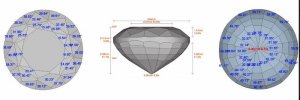
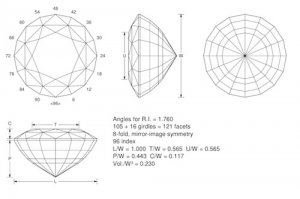
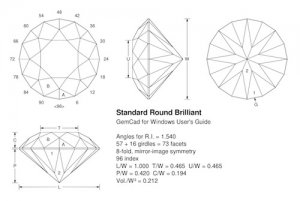
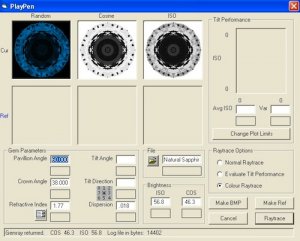
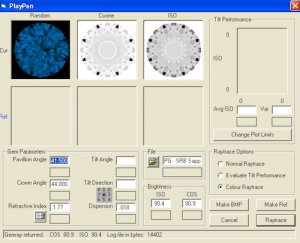
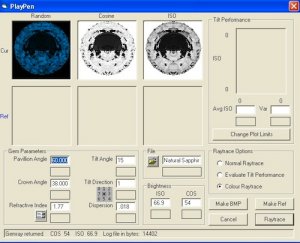
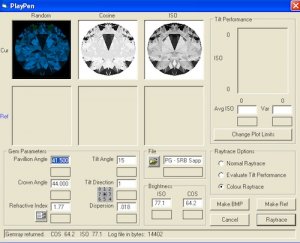
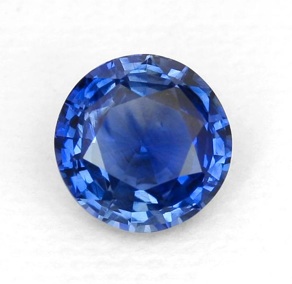







300x240.png)